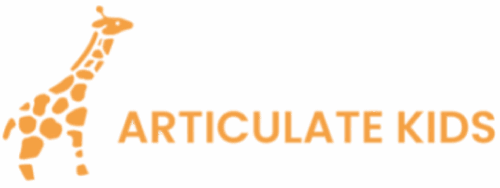Training your patience muscle
Why the Pause Matters
In our hurried world, we’ve forgotten the magic of waiting. We ask a question and answer it ourselves. We give an instruction and do it for them. We’re so afraid of silence that we fill it with more words.
But here’s what I know after 25 years: Communication grows in the pause.
The Count of Five
When you speak to your child, count in your head: “Shoes on” … One Manchester, two Manchester, three Manchester, four Manchester, five Manchester…
Now wait for ANY response:
- A look in your direction
- A movement toward the shoes
- A sound
- A gesture
- Even shifting their body
Any of these count as communication.
Practice Scenarios
Getting dressed: You: “Arms up” [Count to 5] Look for: Arms moving, looking at shirt, any body movement
Then: “Yes! Arms up!” (even if they only lifted them slightly)
Snack time: You: “Apple or banana?” (holding both) [Count to 5] Look for: Looking at one, reaching, making a sound, moving toward one
Then: “Apple! You want an apple!”
Bath time: You: “Time for a bath” [Count to 5] Look for: Moving toward bathroom, starting to undress, protesting (that’s communication too!)
Then: Acknowledge whatever they did
Common Pause Mistakes
❌ Counting out loud (puts pressure on them)
❌ Giving up after 2 seconds
❌ Filling the pause with more instructions
❌ Only accepting perfect responses
✅ Silent counting
✅ Full 5-second wait
✅ Staying quiet during the pause
✅ Celebrating ANY response
When Pausing Feels Hard
It will. Especially when:
- You’re running late
- They seem to be ignoring you
- Other people are watching
- You’re not sure they understand
In these moments, remember: The pause is not empty time. It’s thinking time. Processing time. Possibility time.
Building Your Pause Habit
Week 1: Practice with one routine (e.g., putting shoes on)
Week 2: Add another routine (e.g., snack time)
Week 3: Add a third routine (e.g., bath time)
Week 4: Use pausing throughout your day
The Magic You’ll Notice
After a week of consistent pausing, parents tell me:
- “She started looking at me more”
- “He made a sound I’d never heard before”
- “She actually moved toward her shoes”
- “He seemed less frustrated”
- “I felt calmer too”
The pause changes both of you.
